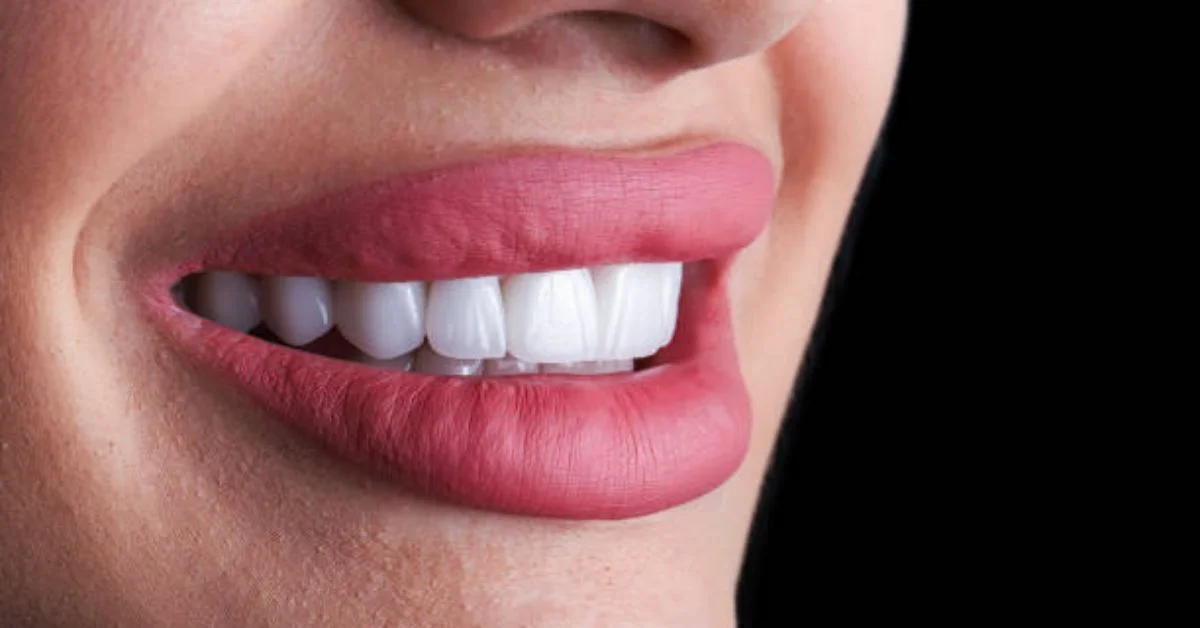Modern dentistry and cosmetic design have transformed the way people view smiles. A bright, even, and natural-looking smile is often associated with confidence, good health, and personal success. Among the many dental treatments available today, veneers stand out as one of the most effective solutions for correcting imperfections in teeth while providing long-lasting aesthetic appeal.
The concept of veneers has gained global popularity over the past few decades, not only in the field of dentistry but also in related applications such as furniture and interior design, where thin coverings of wood or other materials are applied for a polished appearance. However, in this article, our primary focus will remain on dental veneers, their types, procedures, advantages, costs, and aftercare.
This comprehensive guide will cover every detail you need to know about veneers, explained in long, clear, and well-structured sections, with tables for comparison where necessary.
What Are Veneers?
Veneers are thin, custom-made shells designed to cover the front surface of teeth. They are typically crafted from porcelain or composite resin materials and are permanently bonded to the tooth enamel. The purpose of veneers is both functional and cosmetic: they enhance the appearance of teeth by correcting imperfections such as discoloration, chips, gaps, or irregular shapes, while also strengthening the tooth structure.
Unlike crowns, which encase the entire tooth, veneers cover only the front visible surface. This makes them less invasive and more conservative, as less natural tooth material is removed.
History and Evolution of Veneers
The concept of veneers dates back to the 1920s when Hollywood dentists experimented with temporary caps to improve actors’ smiles on screen. Over the years, advances in dental materials and bonding technology transformed veneers from a temporary cosmetic fix into a durable, permanent solution available to the general public.
Today, veneers represent the intersection of artistry and science in dentistry. Dentists not only restore dental health but also design smiles that align with a person’s facial features, skin tone, and personal style.
Types of Veneers
Veneers can be classified based on their material and method of application.
1. Porcelain Veners
- Made from high-quality ceramic material.
- Highly durable and stain-resistant.
- Mimic the natural translucency of tooth enamel.
- Require more preparation of the natural tooth.
2. Composite Veners
- Made from composite resin material.
- Can often be applied in a single dental visit.
- Less expensive than porcelain but also less durable.
- More prone to staining and chipping over time.
3. Lumineers (No-Prep Veners)
- Ultra-thin porcelain veners requiring little or no tooth reduction.
- Reversible in some cases.
- Less invasive, but may not be suitable for severely damaged teeth.
4. Removable Veners (Snap-On Veners)
- Non-permanent, designed to be worn like a dental appliance.
- Provide a cosmetic solution without permanent alteration.
- Useful for temporary aesthetic improvement.
Comparison of Veneer Types
| Type | Material | Durability | Stain Resistance | Cost Range | Preparation Required |
|---|---|---|---|---|---|
| Porcelain | Ceramic | 10–15 years | High | High | Moderate tooth reduction |
| Composite | Resin | 5–7 years | Moderate | Moderate | Minimal |
| Lumineers | Ultra-thin porcelain | 10–12 years | High | High | Very little preparation |
| Removable | Acrylic/Resin | 2–5 years | Low | Low | None (non-permanent) |
Who Needs Veneers?
Veneers are recommended for individuals who want to address cosmetic or structural dental issues, such as:
- Discolored teeth that do not respond to whitening treatments.
- Worn down or chipped teeth.
- Misaligned, uneven, or irregularly shaped teeth.
- Gaps or spacing between teeth.
- Teeth affected by enamel erosion.
It is important to note that veners are primarily a cosmetic treatment. Patients with severe decay, gum disease, or extensive tooth damage may require crowns or other restorative treatments instead.
The Procedure for Getting Veneers
The process of getting veners is usually completed over several stages:
1. Initial Consultation
- Dentist evaluates your oral health and discusses cosmetic goals.
- X-rays and impressions may be taken.
- Treatment plan is customized based on your needs.
2. Tooth Preparation
- A small layer of enamel (about 0.5 mm) is removed from the front of the tooth.
- This ensures the veneer fits naturally and does not appear bulky.
3. Impression Taking
- A mold or digital scan of the teeth is taken and sent to a dental laboratory.
- Temporary veners may be placed until the permanent ones are ready.
4. Veneer Fabrication
- Dental technicians create veners using high-precision ceramic or composite materials.
- The process typically takes 1–2 weeks.
5. Bonding Process
- Teeth are cleaned, polished, and etched to prepare the surface.
- Veners are placed with a strong dental adhesive and hardened using curing light.
- Dentist makes adjustments to ensure proper fit and bite alignment.
Benefits of Veneers
- Aesthetic Enhancement: Provide a natural, attractive smile.
- Stain Resistance: Porcelain veners resist discoloration better than natural teeth.
- Durability: High-quality veners can last over a decade with proper care.
- Minimally Invasive: Less enamel is removed compared to crowns.
- Confidence Boost: Improved smile often enhances self-esteem and social interactions.
Limitations and Risks
- Irreversible: Tooth enamel removed cannot be restored.
- Costly: High-quality veners can be expensive.
- Potential Damage: Veners can chip or crack if exposed to excessive force.
- Tooth Sensitivity: Some patients may experience sensitivity after enamel reduction.
- Not Suitable for Everyone: Patients with poor oral hygiene, gum disease, or severe tooth decay may not qualify.
Costs of Veneers
The cost of veneers varies based on location, dentist expertise, and material used.
| Type of Veneer | Average Cost per Tooth (USD) |
|---|---|
| Porcelain Veners | $900 – $2,500 |
| Composite Veners | $250 – $1,200 |
| Lumineers | $800 – $2,000 |
| Removable Veners | $300 – $1,000 |
Insurance typically does not cover veners since they are considered cosmetic.
Caring for Veneers
Proper care extends the life of veners:
- Brush twice daily with fluoride toothpaste.
- Floss regularly to prevent gum disease.
- Avoid biting hard objects like ice or pens.
- Limit staining foods such as coffee, tea, or red wine.
- Visit the dentist regularly for checkups and cleanings.
Veneers in Cosmetic Dentistry vs. Restorative Dentistry
| Aspect | Cosmetic Role | Restorative Role |
|---|---|---|
| Primary Goal | Improve smile aesthetics | Restore function and protect teeth |
| Common Issues Treated | Discoloration, gaps, minor chips | Enamel wear, fractured teeth |
| Alternatives | Whitening, bonding, orthodontics | Crowns, implants, fillings |
Future Trends in Veneer Technology
Advances in materials science and digital dentistry are making veners more precise, durable, and accessible:
- CAD/CAM Technology: Enables same-day veneer fabrication with digital impressions.
- Nanoceramics: Stronger, thinner, and more natural-looking materials.
- Minimally Invasive Veners: Require little or no tooth preparation.
- Eco-Friendly Dental Practices: Sustainable materials and digital workflows reduce waste.
Veneers Beyond Dentistry: Wood and Furniture Applications
Although the word “veneers” most often refers to dental treatments, it is also widely used in carpentry and furniture design. In woodworking, veners are thin slices of natural wood glued onto furniture surfaces to create a polished appearance.
| Aspect | Dental Veneers | Wood Veneers |
|---|---|---|
| Material | Porcelain/Composite | Natural wood layers |
| Purpose | Cosmetic dental correction | Aesthetic surface finish |
| Durability | 7–15 years (teeth) | Decades (furniture) |
| Maintenance | Oral hygiene required | Polishing, protection from moisture |
This dual meaning of veners highlights how thin coverings—whether for teeth or furniture—serve to enhance both appearance and function.
FAQs
Q1. How long do veners last?
Porcelain venees typically last 10–15 years with proper care, while composite veners last 5–7 years.
Q2. Do veners damage natural teeth?
A small amount of enamel is removed, which is irreversible, but veners themselves protect the tooth structure when properly applied.
Q3. Can veners be whitened?
No, veners cannot be whitened with bleaching agents. If they become stained, they must be polished or replaced.
Q4. Are veners painful to get?
The procedure is usually painless, as local anesthesia is used during tooth preparation. Some sensitivity may occur afterward.
Q5. Who is not a candidate for veners?
Patients with gum disease, severe tooth decay, or insufficient enamel may not qualify until their dental health is restored.
For more information, click here.









